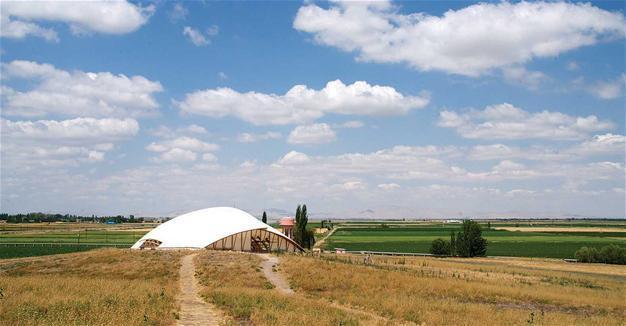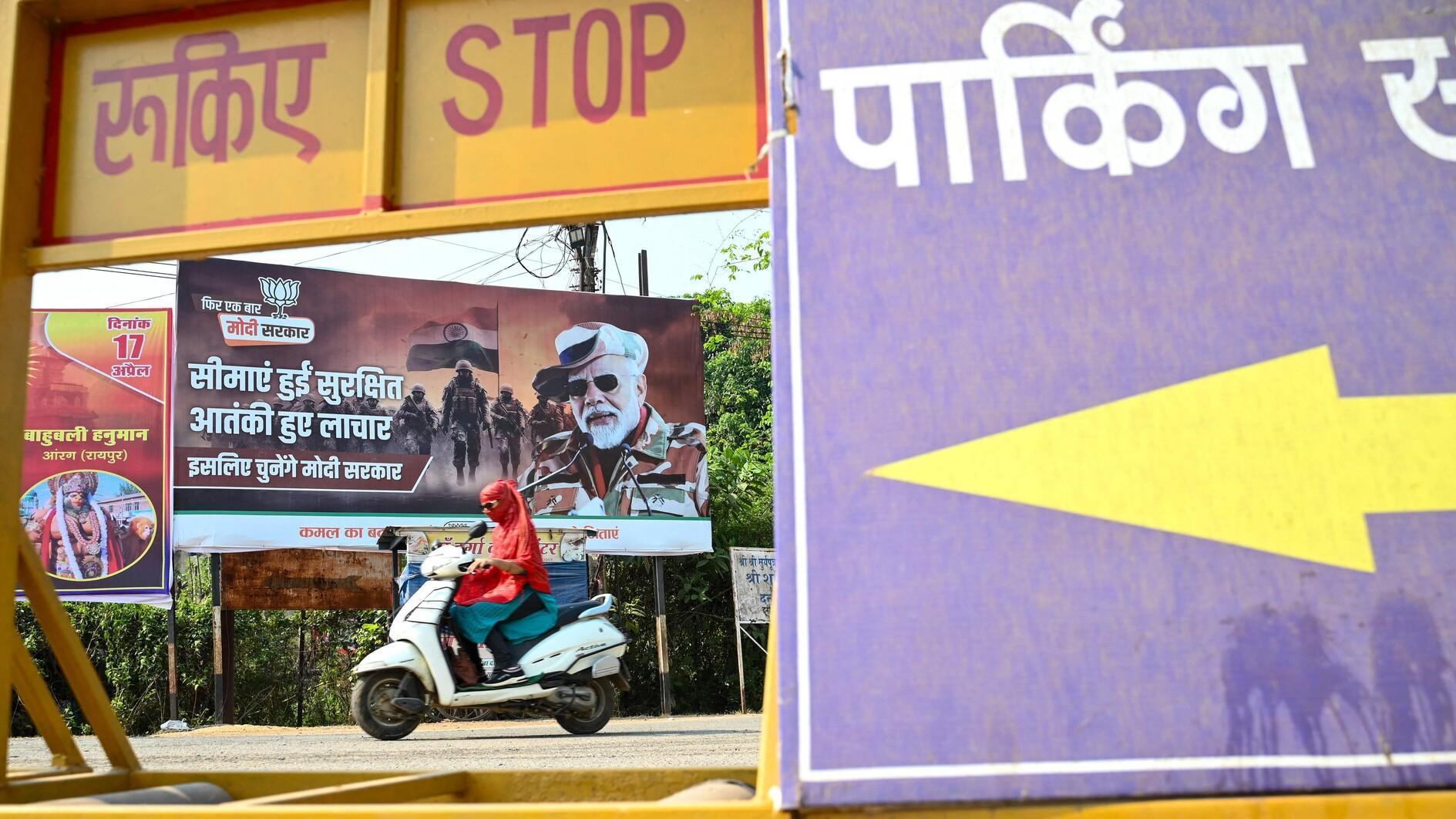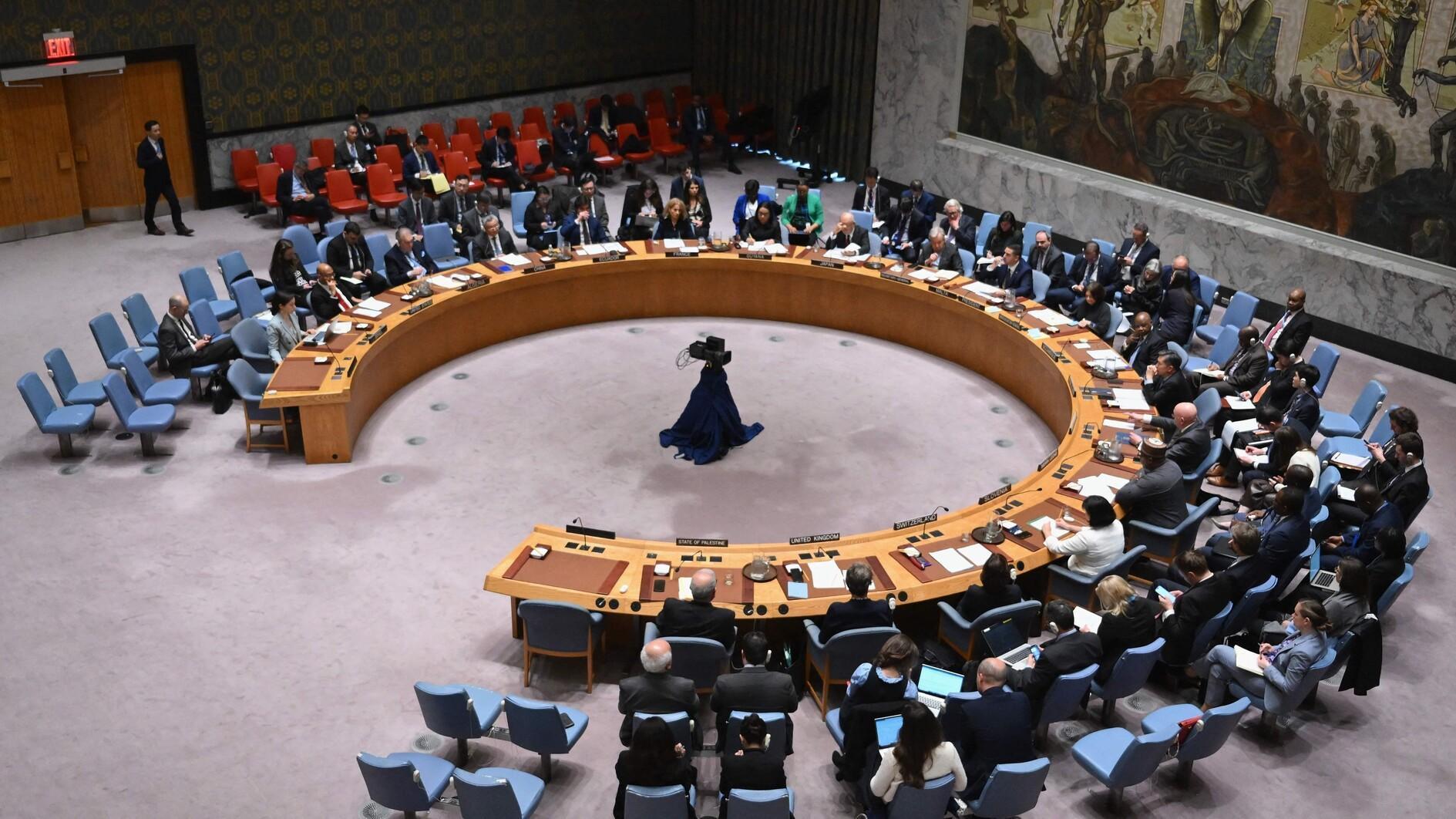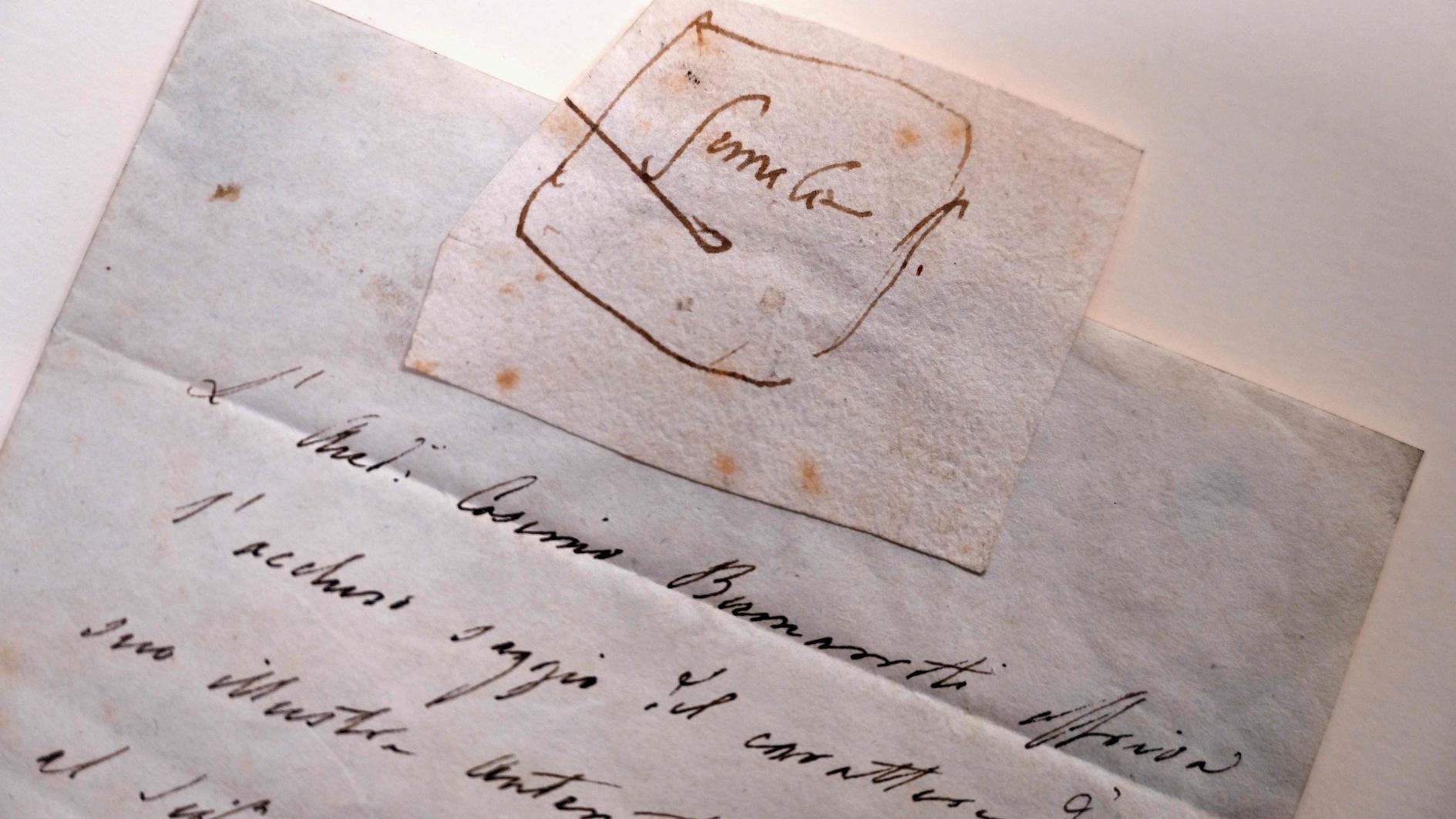Koç University reveals the “Curious Case of Çatalhöyük”
ISTANBUL
 Koç University’s Research Center for Anatolian Civilizations (ANAMED) has opened the exhibition “The Curious Case of Çatalhöyük,” celebrating the 25th excavation season of the Çatalhöyük Research Project.
Koç University’s Research Center for Anatolian Civilizations (ANAMED) has opened the exhibition “The Curious Case of Çatalhöyük,” celebrating the 25th excavation season of the Çatalhöyük Research Project.The exhibition narrates the reflexive methods of the excavations from the initial phase when the trowel touches the soil to the documentation of the finds and from laboratory analysis to the transfer of information.
It sheds light on the work of the research team of international specialists and elucidates the various stages of an excavation project. Although field excavation remains a primary form of investigation in Çatalhöyük, digital, experimental and visual reconstruction methods are increasingly employed to aid research and interpretation.
This legacy is reflected in exhibition displays with 3D printed replicas of selected finds as well as laser-scanned overviews of the mounds. A VR project presents an immersive recreation of the Çatalhöyük settlement.
Equipped with VR headsets, visitors will be transported back into a Çatalhöyük building to observe what life was like back then.
This contemporary approach will be followed by incorporative artistic interventions to underline how the site has been subject to various works of art and offers new perspectives to understand life in Çatalhöyük.
Archaeologists rather than artifacts
Speaking to state-run Anadolu Agency, the curator of the exhibition, Duygu Tarkan, said excavations will end in Çatalhöyük this year and only seven percent of the region has been excavated in 25 years.
“The goal of the exhibition is to reveal the methodology of the Çatalhöyük Research Project, its archaeologists and working methods. We wanted to show the progress on the project in 25 years is more than the artifacts and to focus on the archaeologists and researchers, who found the artifacts because our project is about to finish but Çatalhöyük will remain there,” she said.
Tarkan, who has been responsible for ceramics in Çatalhöyük for 13 years, said they provide information about the excavation fields and artifacts with various technological methods. “We draw attention to archaeology rather than to archaeological artifacts. It has also seen the difficulty of archaeological excavations,” she added.
British archaeologist Ian Hodder, who has been heading the excavations in Çatalhöyük since 1993, was also present at the exhibition opening on June 21.
Additionally, more than 500 articles and books published on Çatalhöyük have been compiled for the exhibition and are on display in the ANAMED Library with the opportunity to examine all of the written sources on one of the most complex societies of its time.
The exhibition will remain open at the ANAMED Gallery in Istanbul until Oct. 25.
Çatalhöyük is a Neolithic settlement, located in Konya plain in the central Anatolian province of Konya. It has been excavated under the directorship of Ian Hodder since 1993 and has resulted in a universally significant research.
The exhibition project was developed under the supervision of Hodder and curated by Tarkan with the contributions of researchers from the Çatalhöyük Research Project. The exhibition is designed by PATTU Architecture and made possible by the support of Yapı Kredi Bank, one of the main sponsors of the Çatalhöyük excavations since 1997.
















